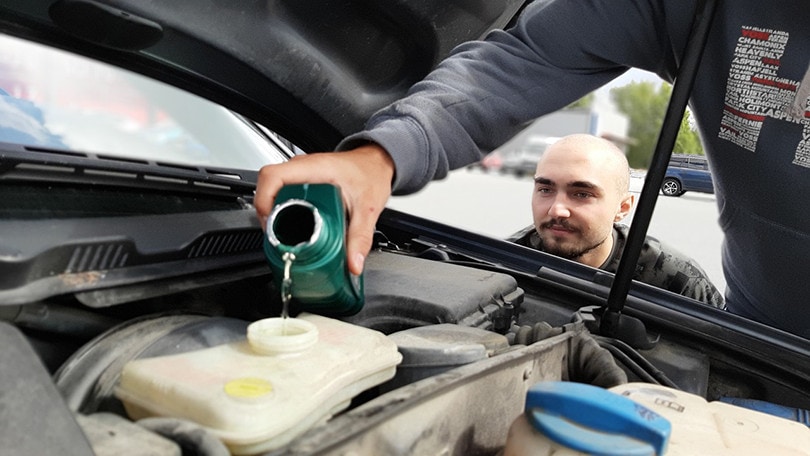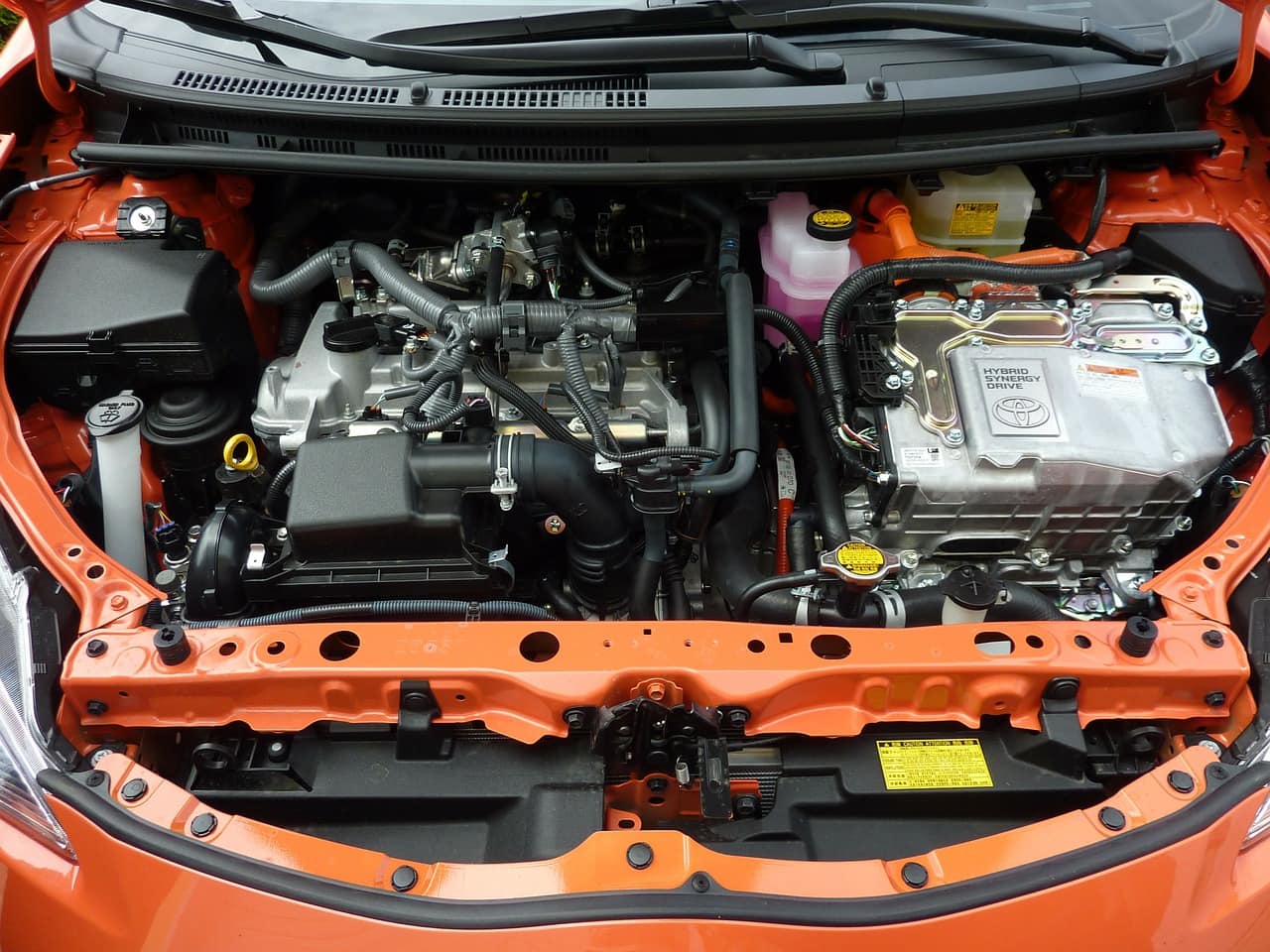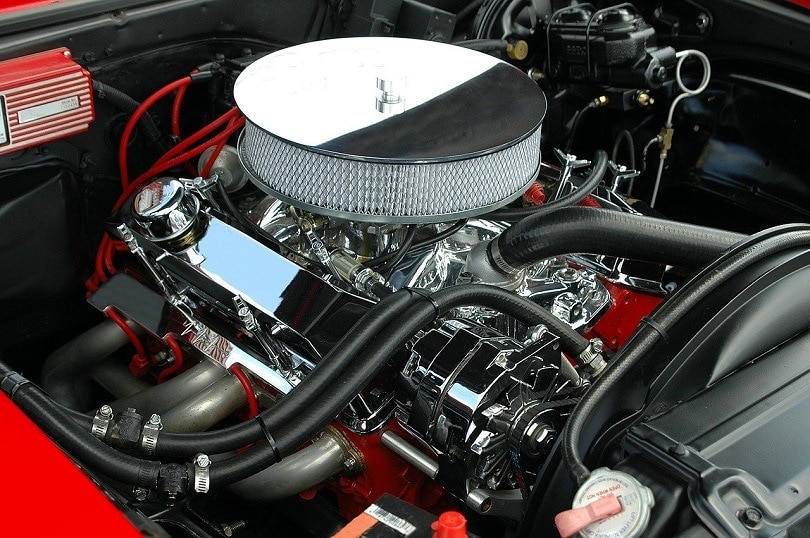Can You Put Too Much Oil in Your Car? What To Look Out For
-
Pete Ortiz
- Last updated:

Motor oil does some amazing things for internal combustion engines. As the term implies, its primary function is to lubricate the moving parts while reducing wear and friction. Additives can improve an engine’s performance and prolong its life. You probably know that running out of oil is a bad thing that can damage a motor behind repair. But what about too much oil? Is there such a thing?
The short answer is yes. Even though oil goes into a finite vessel, you can still put an excess amount that can cause damage, too. There can, in fact, be too much of a good thing when it comes to your ride.
 The Telltale Signs
The Telltale Signs
Interestingly, the signs of too much oil resemble those of too little. You’ll notice the telltale blue smoke coming out of your exhaust and that nasty smell of burning oil. Your car will also start to make strange noises, which is never a good thing. It may start to misbehave, with a decline in its performance and fuel efficiency. You may see oil spots on the ground where you’ve parked.
Excess oil can cause more serious issues affecting acceleration and starting if it goes unchecked. Ultimately, it can take out your vehicle’s engine. You’ll probably see the oil pressure and engine warning lights go on before that happens. The takeaway about motor oil is that it’s all about balance.

Consequences of Too Much Oil
Some people may think that the reserve is filled to the top when the dipstick shows full. Unfortunately, that’s not true. The reason is that oil expands as it’s heated. The extra space in the reserve is its much-needed wiggle room to accommodate for the change in its contents. That’s why it’s possible to overfill it. Let’s discuss what happens when you add too much.
The Engine
We’ve talked about how motor oil lubricates the moving parts in a car’s engine. An excess amount interferes with this critical function by changing its consistency. The crankshaft sitting above the oil pan can stir up the fluid and make it foamy. Remember that motor oils have different viscosities. The introduction of oxygen will affect its flow rate and reduce its lubricating capacity.
Looking back at the benefits of motor oil can give you a good idea about what may follow: increased friction, rising temperatures, and declining performance. It can also cause pressure to build up to unsafe levels and damage it. Of course, when you’re talking about those kinds of issues, it means a costly repair. Unfortunately, it doesn’t stop there.

Gaskets and Seals
The gaskets and seals in your engine are going to have a challenging time dealing with the increased pressure, leaving them vulnerable to failure. That can happen without warning, leaving you with an expensive repair in its wake. But wait! There’s more!
The Spark Plugs
Excess oil isn’t going to do your spark plugs any favors, either. Oil in places where it doesn’t belong can gum them up, too. That can bring on another slew of problems, including misfiring and stalling. While it’s often an easy DIY fix, there’s always that one or two plugs that you must take to the shop to replace.

The Catalytic Converter
Your catalytic converter will also take a hit with the excess oil. Burning gasoline is one thing for it to filter. Adding motor oil on top of it is going to make it work harder and can plug it up, causing another spendy repair. Bear in mind that they contain precious metals that are becoming more and more scarce. That has fueled an increase in theft and the cost of replacing one.
Fixing the Problem
The consequences we’ve discussed apply to situations where you’ve topped the oil by a lot and haven’t done anything about it. If it hasn’t caused any damage, you can remedy the issue before you have to open your wallet too wide. You can drain off the excess through the oil pan. It’s not the most pleasant task, but it’s better than the alternative.
You can also use a manual oil extractor that goes through the dipstick tube or cap access. It isn’t as messy and is an excellent option if you don’t have a place to work on your car.
Related Read: Can You Put a Turbo on Any Car?
 Final Thoughts
Final Thoughts
The issues caused by excess motor oil prove that you can overdo it when it comes to vehicle maintenance. It’s another example of the balance that exists under the hood of your car. Too much of something is just as risky and costly as too little. The essential thing is to follow the manufacturer’s recommendations for routine maintenance, such as oil changes, to prevent problems.
Featured Image Credit: Pixabay
Contents

 The Telltale Signs
The Telltale Signs